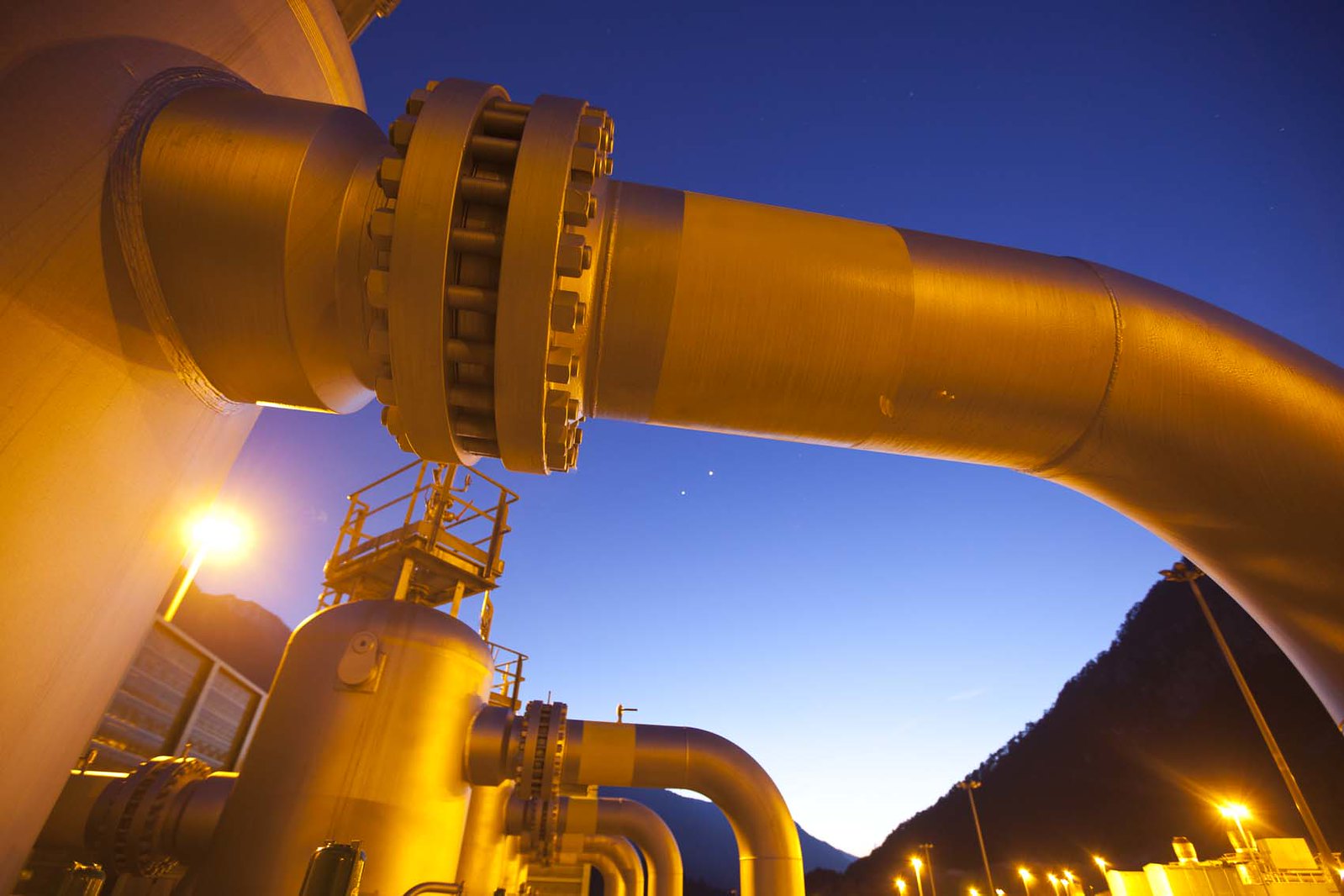What will NATO do to supervise the infrastructures in Europe

Germany and Norway want NATO to open an office for the protection of strategic European infrastructures: gas pipelines, electricity and Internet cables, telecommunications stations. Here are the highest risk energy plants in Europe
German Chancellor Olaf Scholz has announced that he and Norwegian Prime Minister Jonas Store will propose to NATO the creation of an office dedicated to the protection of strategic European infrastructures, such as underwater pipelines for natural gas. The issue of protecting crucial energy plants and other essential services has become a priority for the Old Continent after last September's sabotage of the two Nord Stream gas pipelines .
THE FUNCTION OF THE NATO OFFICE
The NATO office imagined by Germany and Norway will have the function of coordinating the police forces, maritime authorities and coastal communication systems of the member countries of the alliance, with particular attention to the regions of the Baltic Sea and the North Sea.
NORWAY STEPS UP ITS CHECKS
After the explosions at the two Nord Stream gas pipelines in the Baltic Sea, which the Danish and Swedish authorities classified as acts of sabotage, Norway – a very important supplier of hydrocarbons for Europe, given its separation from Russia – has intensified the controls around its oil and gas facilities. Germany has sent three frigates to Norwegian waters to participate in the patrol.
NOT JUST PIPELINES: INTERNET CABLES, TELECOMMUNICATION STATIONS…
Norwegian Prime Minister Store explained that NATO's coordination office will serve both to protect Europe's critical infrastructures and, consequently, the economies of the countries that use them. The checks will not only cover gas or oil pipelines, but also submarine Internet cables, electricity cables and telecommunication stations.
WHICH ARE THE MOST AT RISK EUROPEAN ENERGY INFRASTRUCTURES
A few weeks ago Bloomberg made a list of European energy infrastructures at the highest risk of sabotage.
THE BALTIC PIPE
The first is the Baltic Pipe, the gas pipeline capable of transporting up to 10 billion cubic meters of gas a year from Norway to Poland, passing through Denmark. The infrastructure is central to the strategy of Warsaw and the Baltic states to diversify their energy supplies and reduce dependence on Russia, which began long before the invasion of Ukraine.
If the pipeline were to suffer damage similar to that reported by Nord Stream, Poland – which does not have large storage capacities – would risk running out of gas.
THE ESTLINK AND THE NORDBALT
ESTlink and NordBalt are two submarine power cables which, if severed, would isolate Estonia and Lithuania, respectively, from the power grids of Finland and Sweden. The NordBalt has a capacity of 700 megawatts; the two ESTlink cables, on the other hand, have a combined capacity of 1000 MW.
EUROPE II AND THE LANGELED
Europipe II and Langeled are two pipelines that carry Norwegian gas to Germany and the UK. They are particularly vulnerable due to their length (covering a distance of around 1610 kilometres) and the remote, low-trafficked waters they pass through.
BORNHOLM ENERGY ISLAND
Located in the Baltic Sea and not yet completed, the energy island of Bornholm is an offshore wind hub. Plants of this type will be increasingly important for meeting European energy demand in the near future, but protecting them is not easy: last May, for example, the European Union, the United Kingdom and the United States accused Russia of having ordered cyberattacks against a satellite network that commanded thousands of wind turbines in Germany.
This is a machine translation from Italian language of a post published on Start Magazine at the URL https://www.startmag.it/energia/nato-protezione-infrastrutture-energia-europa/ on Sun, 04 Dec 2022 08:15:01 +0000.
